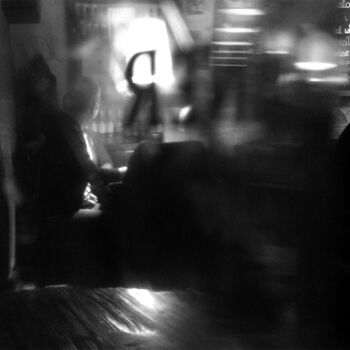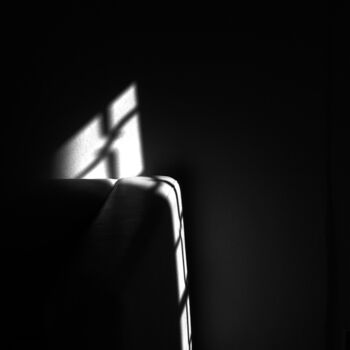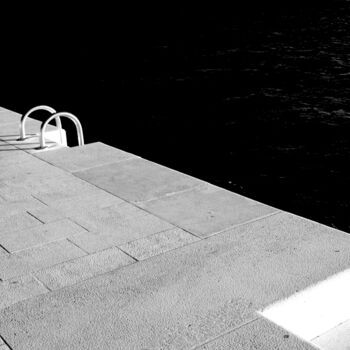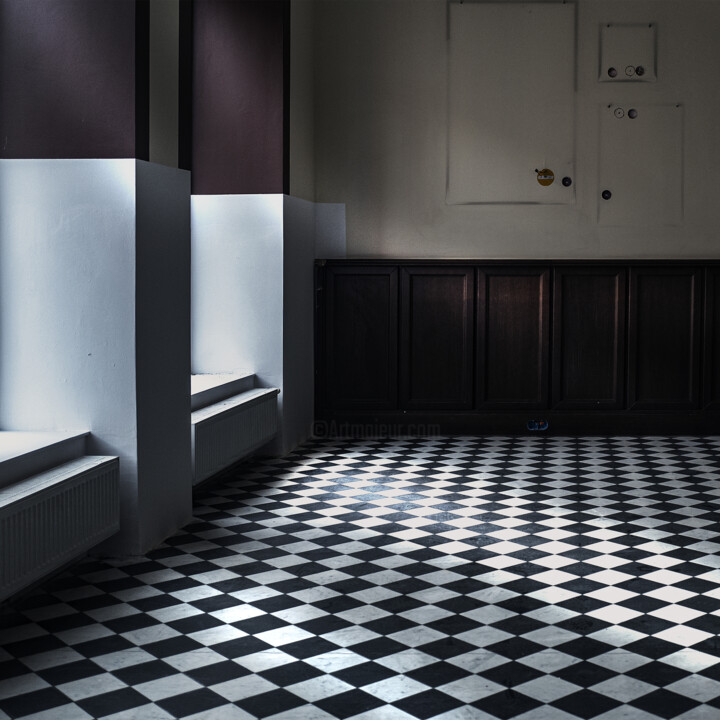

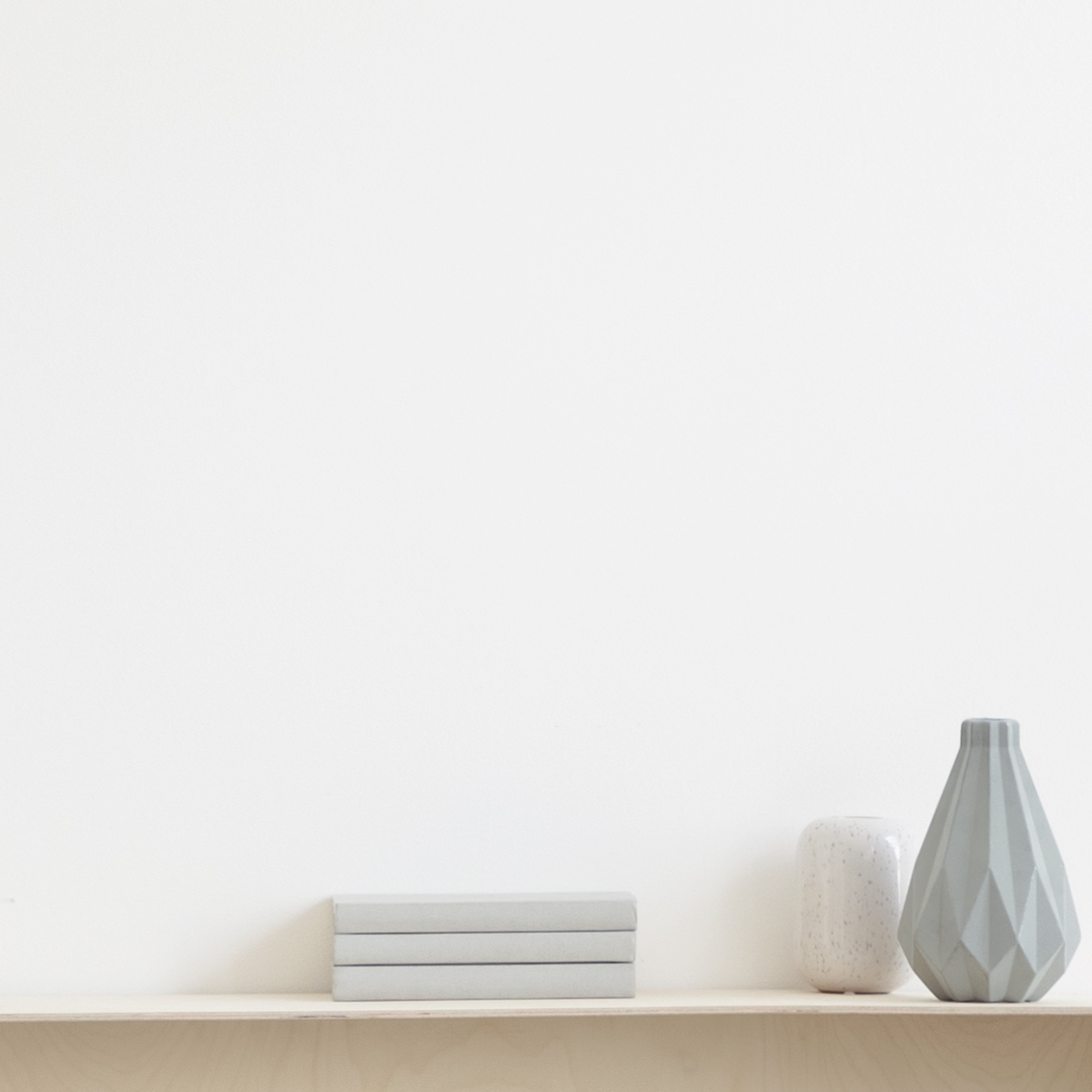
Faites-nous savoir si vous souhaitez voir plus de photos de cette œuvre !
- Arrière de l'oeuvre / Côté de l'oeuvre
- Détails / Signature / Surface ou texture de l'œuvre
- Oeuvre en situation, Autre...
Empty Room # 24. After Vermeer (2021) Photographie par Marta Lesniakowska
Plus d'info
- Emballage (Boîte ou emballage en carton) Toutes les œuvres sont expédiées soigneusement protégées et assurées, avec un transporteur premium.
- Suivi Suivi de commande jusqu'à la livraison à l'acheteur. Un numéro de suivi vous sera fourni afin que vous puissiez suivre le colis en temps réel.
- Délais Livraison dans le monde entier en 3 à 7 jours (Estimation)
- Douanes non incluses Le prix ne comprend pas les frais de douane. La plupart des pays n'ont pas de taxe à l'importation pour les œuvres d'art originales, mais vous devrez peut-être payer la TVA réduite. Les frais de douane (le cas échéant) sont à calculer à l'arrivée par le bureau de douane et seront facturés séparément par le transporteur.
Plus d'info
- Certificat d'authenticité en ligne traçable Les certificats d'authenticité peuvent être vérifiés en ligne à tout moment en scannant le code de l'oeuvre.
- Certification de la cote artiste Les experts étudient l'œuvre et la carrière d'un artiste puis établissent une cotation moyenne indépendante et fiable. La cotation moyenne permet de situer l'artiste sur une gamme de prix pour une période donnée. Les experts peuvent également être sollicités pour établir une estimation plus précise pour une œuvre en particulier.
Plus d'info
Paiement 100% sécurisé avec un certificat SSL + 3D Secure.
Plus d'info
-
Œuvre d'art originale (One Of A Kind)
Photographie,
Photographie numérique
/
Photographie non manipulée
sur Papier
- Dimensions Hauteur 15,8in, Largeur 15,8in
- État de l'œuvre L'oeuvre est en parfait état
- Encadrement Cette oeuvre n'est pas encadrée
- Catégories Photographies à moins de 5 000 $US Minimalisme Architecture
W ten sposób moja fotografia staje się wydarzeniem ontologicznym, które daje się „czytać“ w swej warstwie czysto estetycznej. Formalny język, jakiego tu użyłam, ma swoje znaczenie. Pole obrazowe jest tu dyscyplinowane zasadami poetów-minimalistów: ekonomia szczegółów, odkrywanie ukrytych podtekstów i aluzji w niezauważalnych przedmiotach i fragmentach codziennej rzeczywistości, powierzchowności i przyziemności rzeczy. Ostrość, bezpośredniość, prostota ujęcia, precyzja kompozycji – wszystko to pokazuje, że fotografia nie jest kontyngentna/przypadkowa, ale, tak jak malarstwo, jest zdolna wytwarzać mocne obrazy realizujące porządek kompozycyjny jako zasadę zwartej i zdyscyplinowanej budowy obrazu (ml).
Fotografia wyróżniona i eksponowana w Centrum Sztuki Współczesnej „Znaki czasu” w Toruniu 2021 roku.
A work from the "Empty Rooms" series that has been in progress for several years. This empty interior is one of the varieties of still life. An old iconographic strategy that never compromises itself is activated here. The empty room evoked in my "remembering gaze" paintings by Johann Vermeer, with its distinctive light on the floor with a black and white checkerboard motif. Vermeer, like many artists of his era, built his paintings using such geometric elements to create the illusion of three-dimensional space on the flat surface of the painting. I dedicate this photograph to Vermeer, the first artist of the modern era to use a camera obscura to achieve this effect. In a sense, my photograph penetrates the secrets of his workshop: it shows the "Vermeerian" interior as a mise en scene, a set that awaits the characters in his paintings - a girl reading a letter, weighing pearls, pouring milk. He invokes the notion of quotation as the guiding principle of re-presentation, which refers to other images, iconographic borrowings from the Western painting tradition, which are "invented" in real space and then secondarily aestheticized.
In this way my photography becomes an ontological event that can be "read" in its purely aesthetic layer. The formal language I have used here has its meaning. The pictorial field here is disciplined by the principles of the poet-minimalists: economy of detail, discovering hidden subtexts and allusions in unnoticed objects and fragments of everyday reality, the superficiality and mundanity of things. Sharpness, directness, simplicity of approach, precision of composition - all this shows that photography is not contingent/accidental but, like painting, is capable of producing strong images that realize the compositional order as the principle of a compact and disciplined image construction (ml).
The photo was awarded and exhibited at the Center for Contemporary Art "Znaki Czasu" (“Signs of the times”) in Toruń 2021.
Collector's photography, color, , digital on archival paper Hahnemuhle Photo Rag Baryta 315g (semi-flash), archival paper, acid-free, signed on the face and on the reverse, dated 2021, Size 40x40 cm, not glued, without frame. Certificate of Authenticity., Without damages. Archived file: L1120024.DNG
Marta Lesniakowska est une artiste photographe mais aussi, en même temps, historienne et critique d'art, elle fait des recherches sur la culture visuelle. C'est ce qui détermine son approche de la photographie : une stratégie du "regard qui se souvient", qui rappelle des images familières de l'histoire de l'art afin de les transmettre/intertextualiser. Son dialogue avec eux consiste à ce qu’elle se demande s'il est possible d'évoquer leurs significations et ce qu'ils sont ou peuvent être aujourd'hui. Elle est fasciné par la lumière - son rôle dans la construction de l'image, le parergon qui crée l'image. C'est pourquoi, dans la photographie de rue, elle analyse le jeu de la lumière et de l'obscurité, la relation entre le net et le flou et l'interpénétration des images comme des réalités simultanées. De cette façon, elle fait ressortir le caractère mystérieux de la ville, en se référant à l'esthétique du cinéma noir et au maître de la photographie de rue du XXe siècle, Saul Leiter.(ml)
Lorsque elle photographie, rien n'est plus ou moins important pour elle ; son regard est souvent régi par les principes des poètes minimalistes : une économie de détails, la découverte de sous-textes et d'insinuations cachés dans des objets invisibles et des morceaux de la réalité quotidienne.
Marta Lesniakowska vit et travaille en Pologne. Ses œuvres font partie de collections publiques (Musée national de Wroclaw, Musée de Bydgoszcz) et de collections privées (Pays-Bas, Danemark, Allemagne, Suède, Suisse, États-Unis).
-
Nationalité:
POLOGNE

- Date de naissance : date inconnue
- Domaines artistiques: Oeuvres d’artistes professionnels,
- Groupes: Artiste professionnel Artistes Contemporains Polonais





